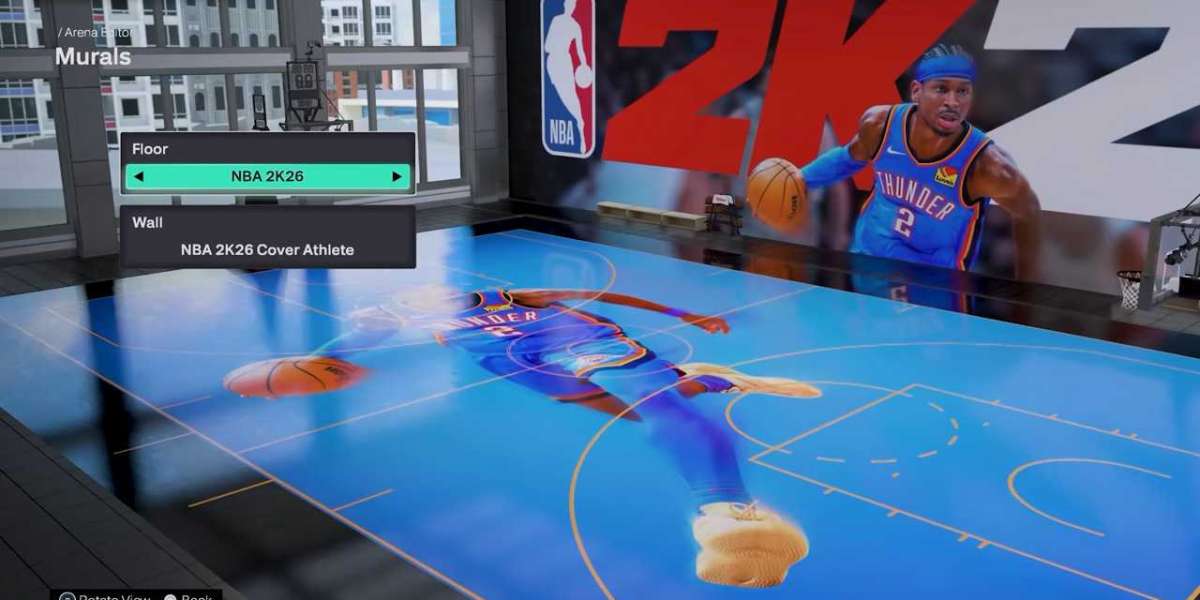Relocating a recording studio is one of the most challenging yet exciting steps for any musician, producer, or engineer. Whether you’re expanding your space, moving closer to collaborators, or looking for better acoustics, the process requires precision, planning, and patience. A studio is not like a regular office. Every piece of gear—every cable, speaker, and instrument—plays a role in your creative process. One wrong move can disrupt your setup or even damage valuable equipment.
If you are based in Los Angeles, a city full of professional musicians and sound engineers, relocating your recording studio in 2025 demands careful attention to detail. This guide covers everything you need to know about the process—from evaluating your current setup to rebuilding your creative environment in a new space.
Why Relocating a Studio Requires Careful Planning
Unlike moving a home or office, relocating a recording studio means handling sensitive electronics, heavy instruments, acoustic materials, and fragile gear that requires specific conditions to function properly. Temperature, humidity, and even small vibrations can affect your equipment.
Most modern studios have a blend of vintage and digital gear: tube microphones, analog compressors, modular synths, high-end monitors, and digital workstations. Each of these components has unique vulnerabilities. Planning your move carefully helps you avoid costly mistakes, such as wiring confusion, lost data, or damaged soundproofing materials.
In a city like Los Angeles, professional movers are often in high demand for creative spaces. You might consider consulting musical instrument movers in LA if your studio includes large or rare instruments, such as grand pianos, drum kits, or analog synth racks. They can ensure your equipment travels safely through the city’s busy streets and unpredictable weather.
Step One: Assess Your Current Studio Setup
Before you start packing anything, take time to document and analyze your current studio. This step will save you hours of confusion later.
1. Create an Inventory List
Write down every piece of equipment in your studio—from microphones and monitors to cables and stands. Divide your list into categories like “Audio Interfaces,” “Keyboards,” “Acoustic Treatment,” and “Cables.”
This list will help you determine what to move, what to upgrade, and what to sell or donate before relocation.
2. Photograph Every Setup
Take detailed photos of your current wiring setup and signal chain. Capture the back panels of your devices, showing cable connections, power adapters, and rack arrangements. These visuals will serve as a map when you reassemble everything in your new space.
3. Label Everything
Before disconnecting anything, label all cables and connections with simple tags. Use colored tape or printed labels to indicate signal paths (for example, “Mic 1 → Preamp A → Interface Input 3”). This will make reinstallation smooth and error-free.
Step Two: Choose the Right Location in Los Angeles
The success of your studio move depends heavily on where you relocate. Los Angeles offers a diverse range of neighborhoods, each with unique benefits and challenges for sound recording.
1. Consider Acoustics and Noise
Choose a location with minimal external noise. Avoid busy streets, industrial areas, or buildings with thin walls. Low ambient noise is essential for accurate monitoring and recording.
Before signing a lease, visit the space at different times of the day to listen for traffic, air conditioning hums, or nearby activity.
2. Evaluate Power and Wiring
Recording studios need stable electrical power. Check if the new space can handle your equipment’s power load. Old buildings may require rewiring or additional outlets to prevent hums or surges that affect sound quality.
3. Space and Layout
Plan how your control room, live room, and isolation booths will fit in the new environment. High ceilings and rectangular spaces often produce better acoustics. Sketch a simple floor plan before moving anything.
4. Accessibility and Safety
Consider loading access for heavy gear, parking for musicians, and building security. Los Angeles traffic can make loading and unloading stressful, so a location with easy vehicle access is a major advantage.
Step Three: Preparing Your Equipment for Transport
Once you have secured your new location, preparation becomes the most critical step.
1. Back Up All Data
Before unplugging anything, make at least two backups of your sessions, plugins, and system files. Store one on an external hard drive and another in a secure cloud platform. Losing data is one of the most common and devastating issues during studio relocation.
2. Power Down and Disassemble
Turn off all devices and let them cool before disconnecting. For rack-mounted gear, remove one unit at a time and secure it in padded cases. Store all screws and brackets in labeled bags.
3. Protect Fragile Gear
Microphones, tube amps, and monitor speakers require special care. Use original cases when possible or wrap them in anti-static bubble wrap and foam. Secure shock-sensitive components inside their cases to avoid movement.
Instruments such as guitars, keyboards, and drum kits should also be individually wrapped and stored in hard cases or padded bags.
4. Pack Acoustic Treatment Carefully
Acoustic panels, bass traps, and diffusers may look sturdy but can easily bend or tear. Wrap them in soft blankets and label each one according to its placement (for example, “Rear Wall Panel 1”). This makes reconstruction faster.
Step Four: Moving Day Logistics
On the day of the move, organization and communication are key.
1. Assign Roles
If you have a team, assign clear tasks: one person handles electronics, another manages cables, and another checks off inventory as items are loaded. If you’re moving alone, move heavy items last to prevent fatigue-related mistakes.
2. Load Smart
Place heavy and stable equipment first in the vehicle, followed by lighter or delicate items on top. Use straps and padding to prevent movement. Keep instruments and audio gear away from moisture or direct sunlight.
3. Keep Small Essentials with You
Carry hard drives, microphones, and important accessories in your personal vehicle. These are the most sensitive and valuable items in any studio.
Step Five: Setting Up in the New Space
After arriving at your new location, resist the urge to unpack everything immediately. Give yourself time to plan your setup strategically.
1. Unpack in Stages
Start with furniture and larger items first—studio desk, racks, stands, and chairs. Next, unpack acoustic panels and arrange them roughly in place. Finally, bring in electronics and instruments.
Avoid clutter by unpacking only what you need for each stage.
2. Test the Power and Internet
Before plugging in your equipment, check the power outlets for stability using a surge protector or voltage meter. Set up your Wi-Fi or Ethernet connection early if you use cloud storage or online sessions.
3. Organize Cables Thoughtfully
Use your labels and photos to reconnect cables exactly as before. Group power cords and signal cables separately to minimize interference.
Cable management tools like Velcro ties and cable trays keep your workspace tidy and safe.
Step Six: Acoustic Setup and Calibration
Getting your studio’s sound right in a new space takes patience and experimentation.
1. Place Monitors Correctly
Start with your monitors forming an equilateral triangle with your listening position. Keep them at ear level and away from walls to reduce reflections.
Run test tones or pink noise to identify frequency imbalances. Adjust placement gradually until you achieve a balanced sound.
2. Install Acoustic Treatment
Mount your panels and bass traps according to your previous layout, but be ready to adapt. Every room behaves differently. Use software like Room EQ Wizard or your digital audio workstation’s analyzer to identify problem frequencies.
You can document new acoustic measurements and panel positions on TikMaker to keep track of your studio’s configuration and performance settings.
3. Test Recording and Monitoring
Record short takes of vocals, drums, and instruments to evaluate the sound of your new space. Compare them with reference mixes you know well. Adjust treatment and positioning until your mixes translate accurately on other systems.
Step Seven: Managing the Technical Side
A studio relocation isn’t just about moving gear—it’s also about reestablishing your technical workflow.
1. Software and Licensing
Ensure your DAW, plugins, and virtual instruments work properly on your current computer setup. If you change hardware or OS versions during the move, some licenses may need reauthorization.
Keep a checklist of all software to reinstall or verify once you’re settled.
2. Network and Storage
Reconfigure network drives, shared folders, and backup systems. If you collaborate remotely, test your upload and download speeds to ensure stable session sharing.
3. Test Latency and Signal Flow
Once your hardware is reconnected, test each signal chain from input to output. Confirm there are no unwanted hums, latency spikes, or phase issues. This is especially important in multi-room setups.
Step Eight: Creating an Inspiring Environment
A recording studio is not only a technical workspace—it’s a creative sanctuary. After the move, take time to shape the atmosphere of your new studio.
1. Lighting and Comfort
Use adjustable lighting to create a calm, focused environment. Warm tones are better for long sessions than harsh white light. Arrange furniture to support comfort during extended recording or mixing hours.
2. Decorate with Meaning
Bring personal touches like posters, plants, or memorabilia that inspire creativity. Familiar visuals can make a new space feel like home.
3. Maintain Organization
A clean and organized studio promotes productivity. Store cables neatly, label drawers, and keep instruments easily accessible.
Step Nine: Maintenance and Long-Term Care
Once your studio is fully operational, ongoing maintenance is essential to preserve your investment and workflow.
1. Schedule Regular Equipment Checks
Inspect cables, connectors, and instruments regularly for wear or corrosion. Replace anything showing signs of damage.
2. Control the Environment
Maintain consistent humidity and temperature to protect wood instruments and sensitive electronics. A small dehumidifier or air purifier can make a big difference in Los Angeles’ fluctuating climate.
3. Back Up Frequently
Continue the backup routine you established before the move. Schedule automatic backups to multiple locations.
Tools like TikMaker can also help you log maintenance schedules, service records, and studio updates for long-term management.
Step Ten: Announcing and Relaunching Your Studio
After the hard work of relocating, it’s time to reconnect with your creative community.
1. Test Run Before Inviting Clients
Before hosting your first session, run several private tests with familiar projects. This ensures everything works as expected and gives you confidence in the new acoustics.
2. Update Online Profiles
If you have a website or social media presence, update your address, photos, and studio details. Share behind-the-scenes content about your relocation—it adds authenticity and engages your audience.
3. Celebrate Your New Beginning
Relocating a studio is a major accomplishment. Take a moment to appreciate your effort and the new creative possibilities your environment offers. Whether you work independently or with artists, your refreshed studio will bring new energy to your projects.
Final Thoughts
Relocating a recording studio in Los Angeles in 2025 is a big project, but with patience and the right approach, it can be smooth and rewarding. From planning and packing to rebuilding and calibrating, every step plays a role in preserving the quality and soul of your creative space.
Los Angeles remains one of the world’s most dynamic cities for music production, and a well-organized move ensures your studio continues to thrive in this competitive environment. Treat your equipment with care, maintain clear documentation, and remember that your studio is more than a room—it’s the heart of your artistic identity.







